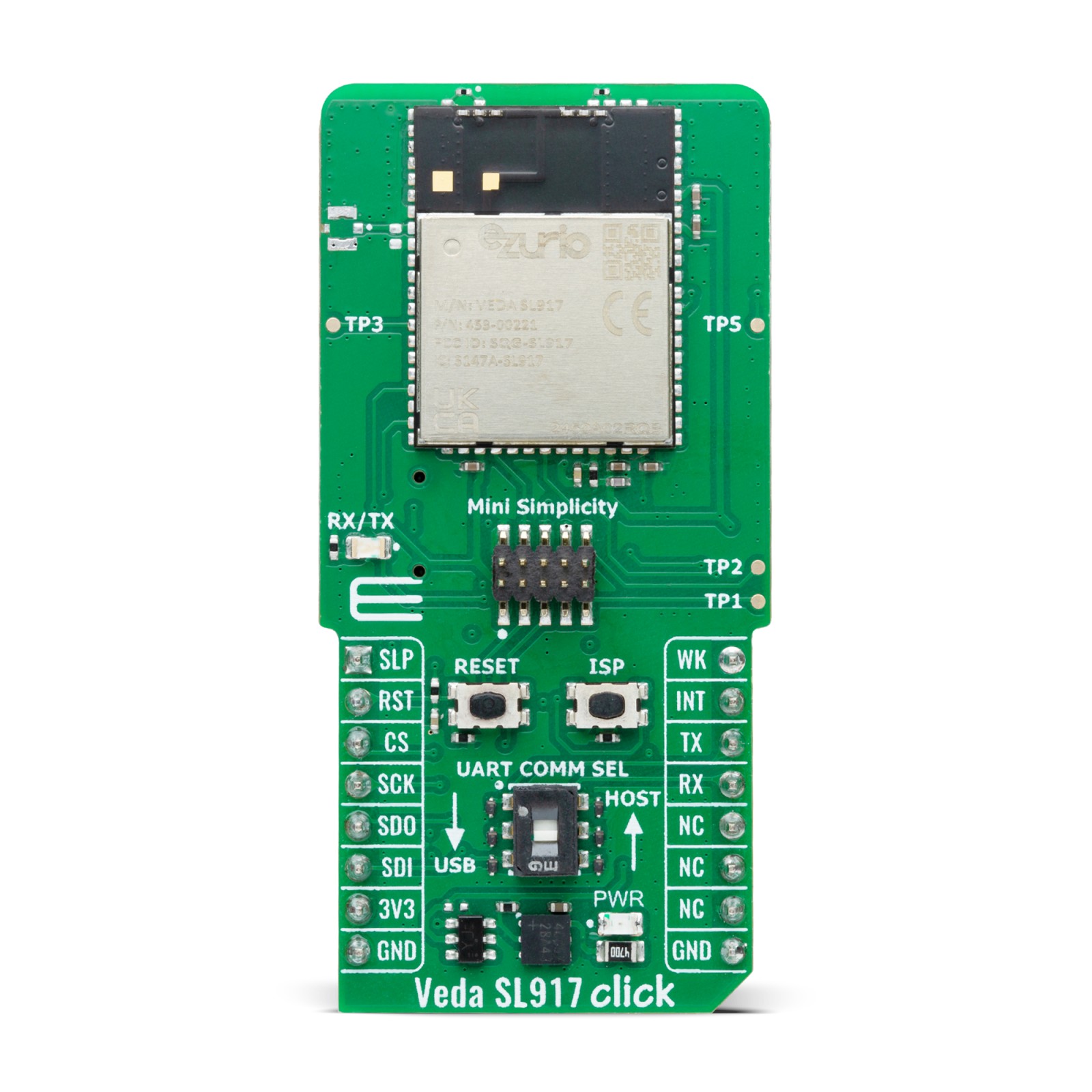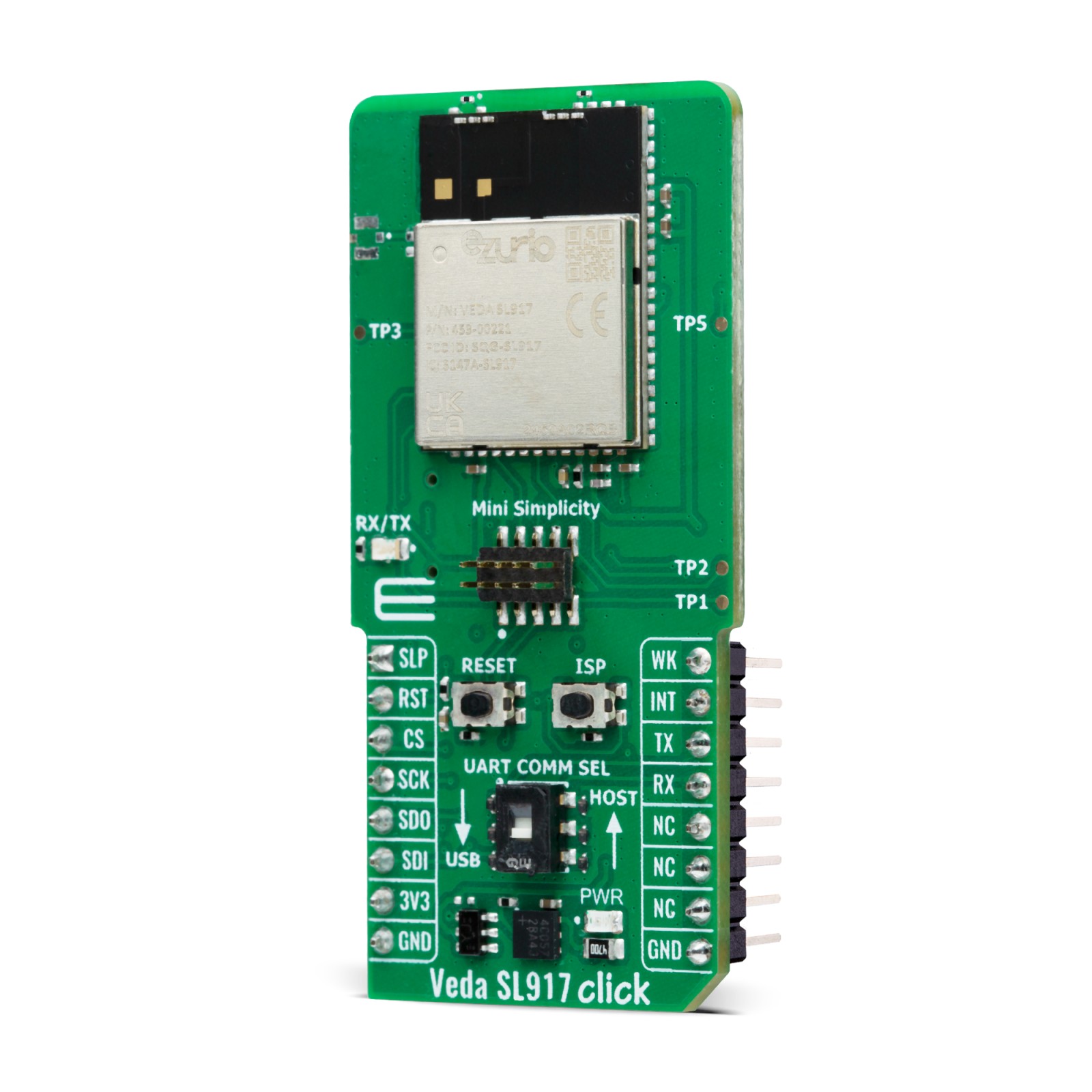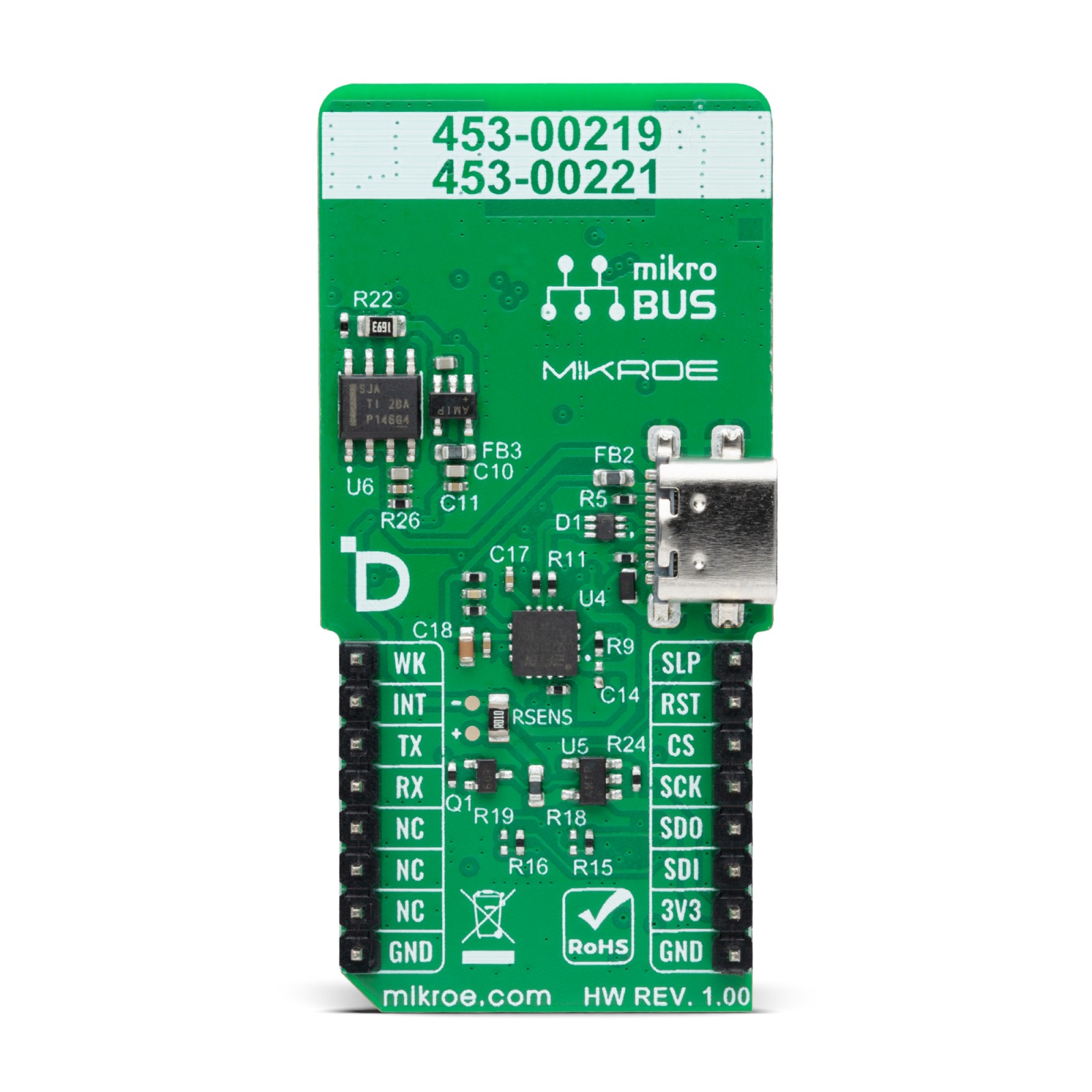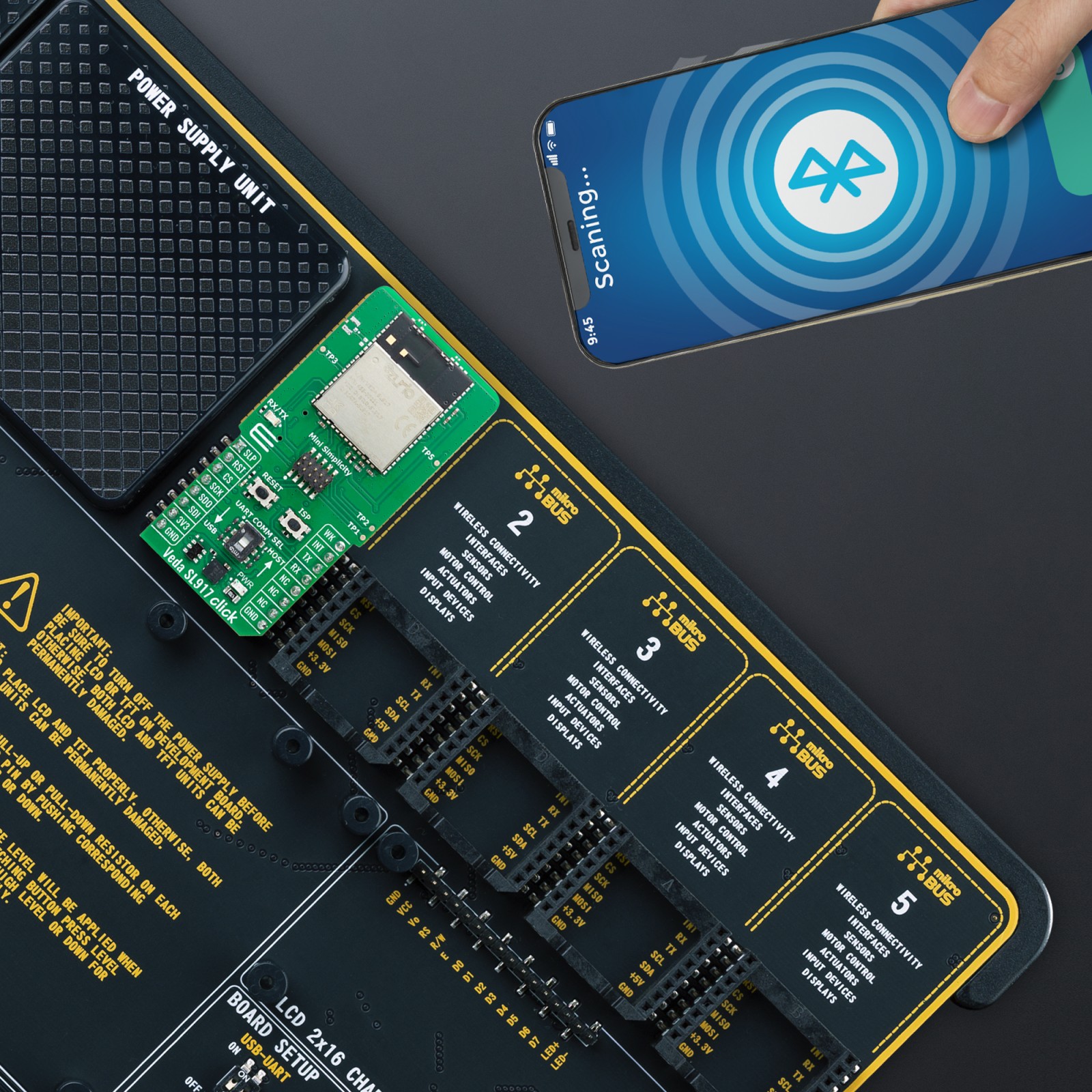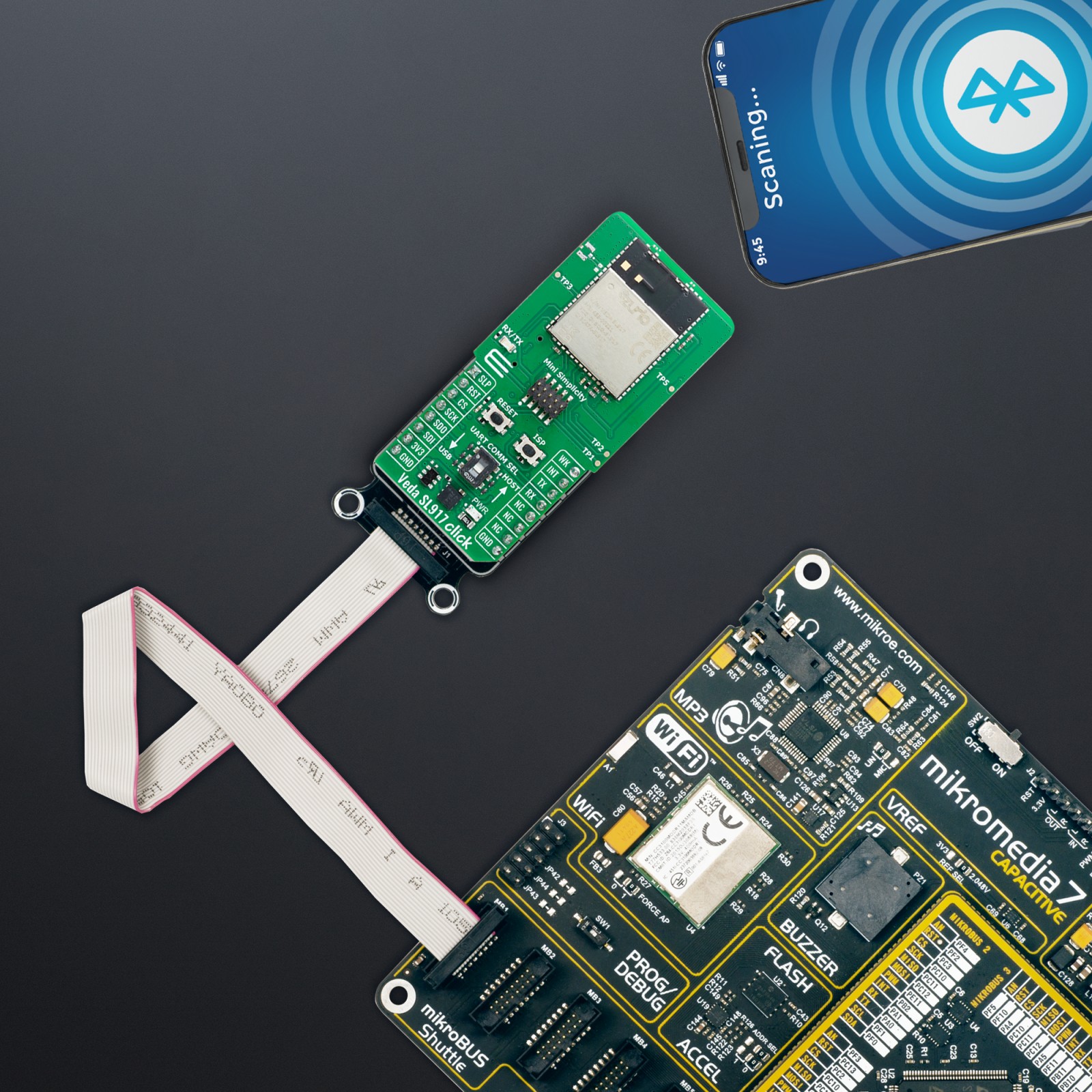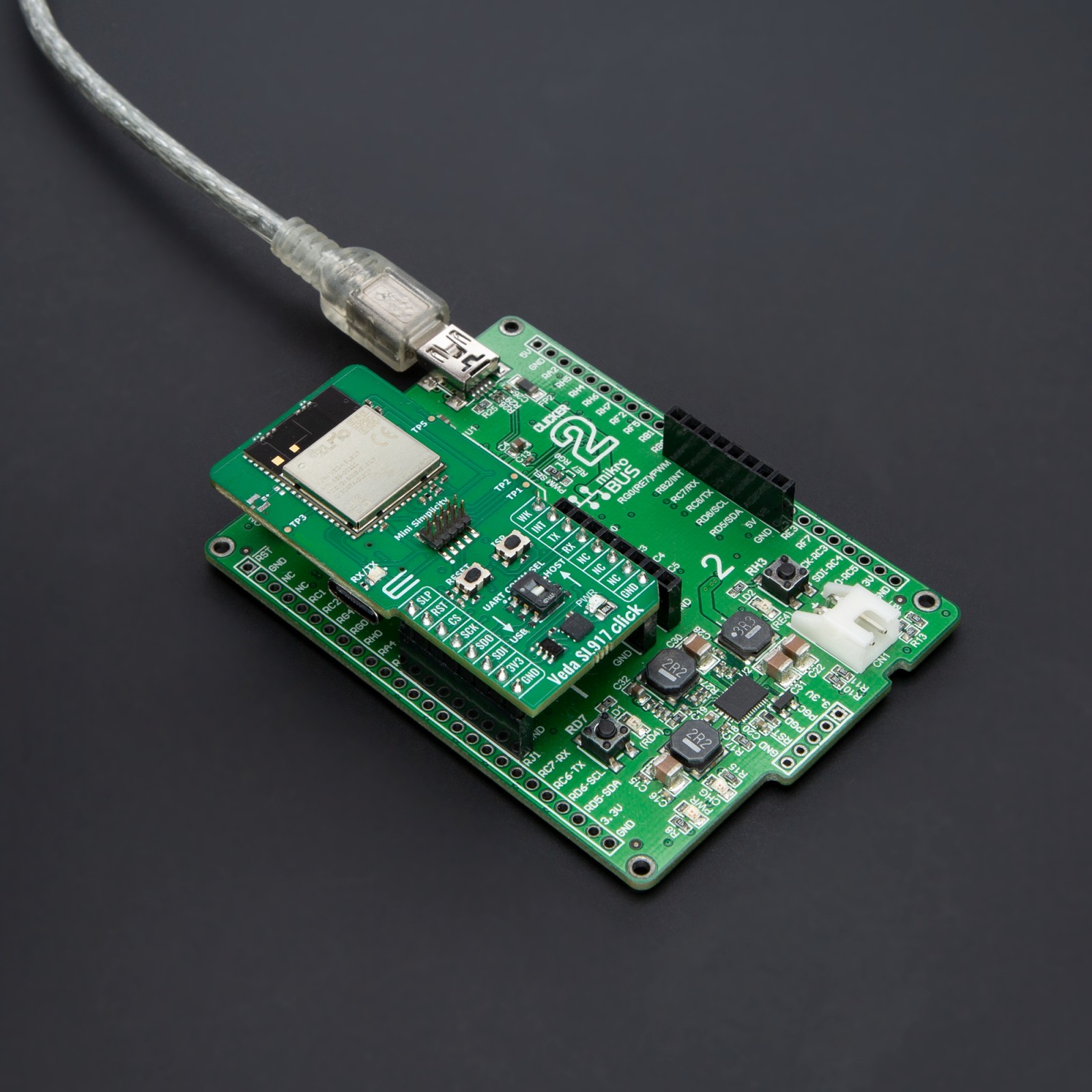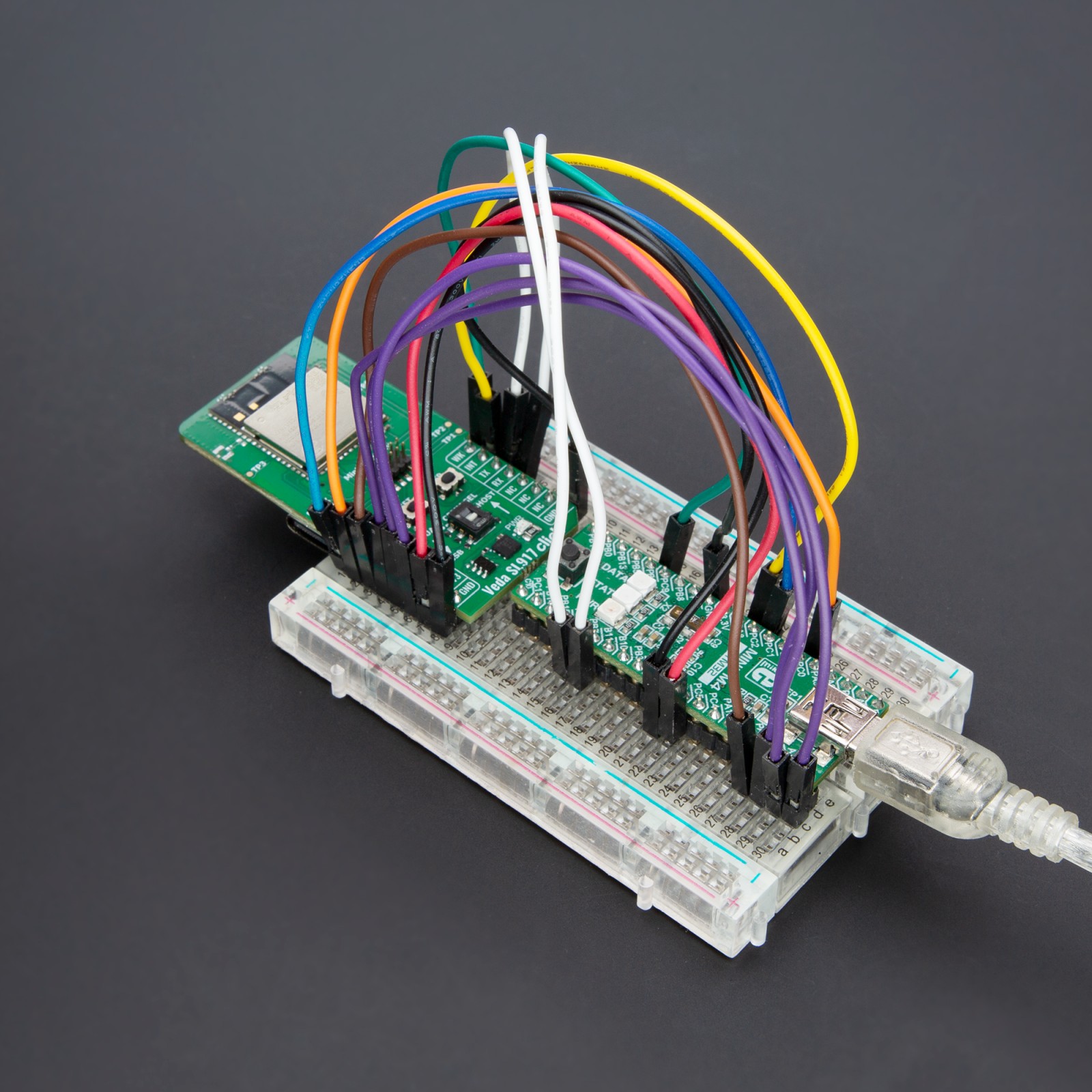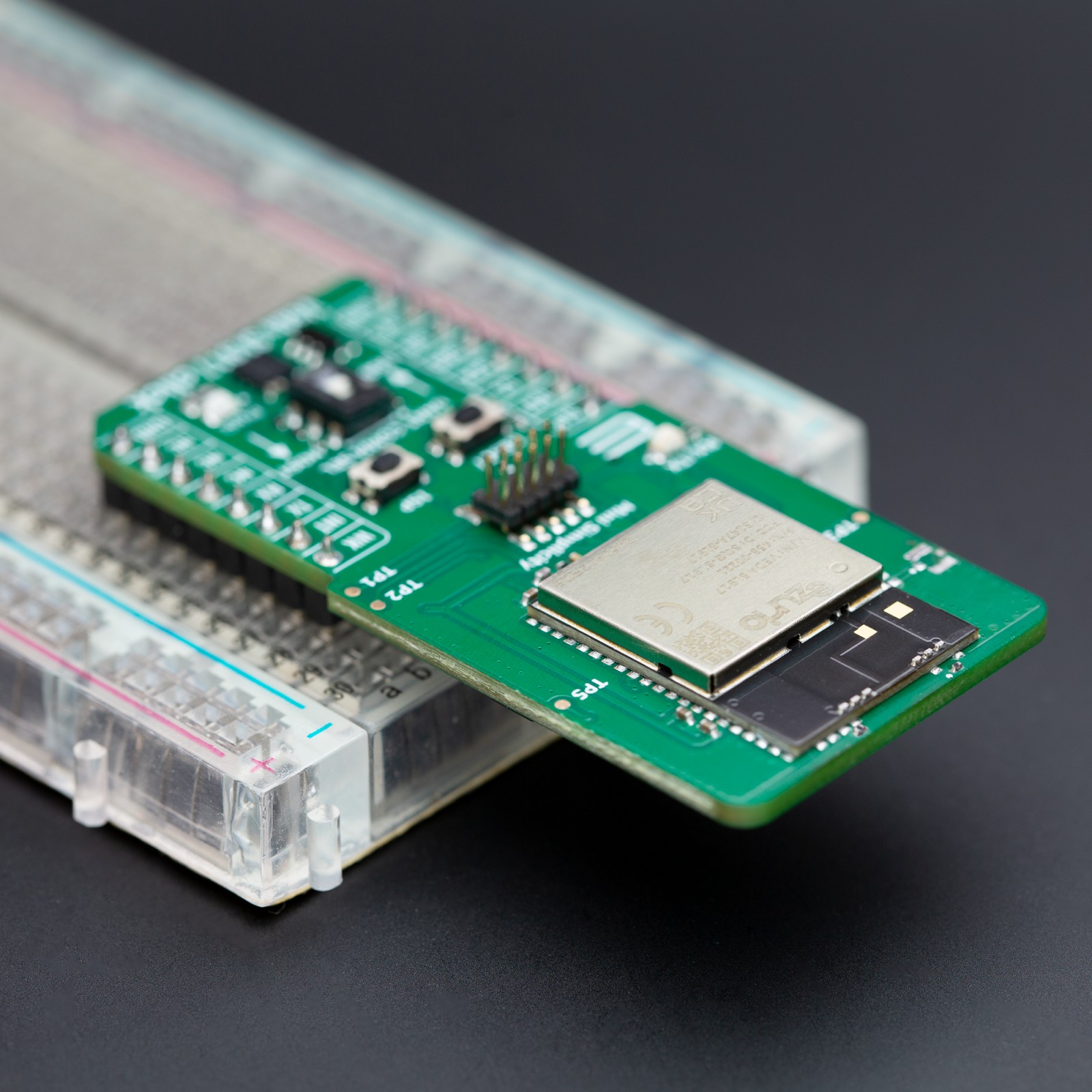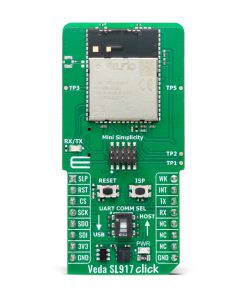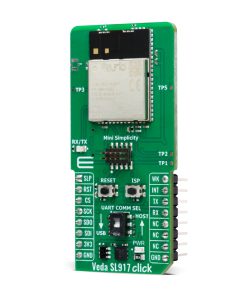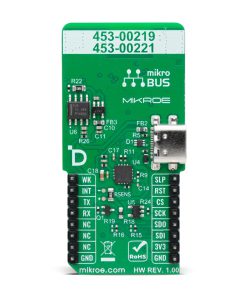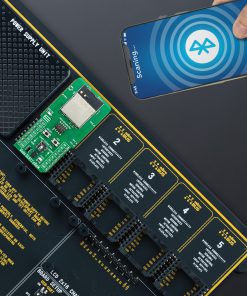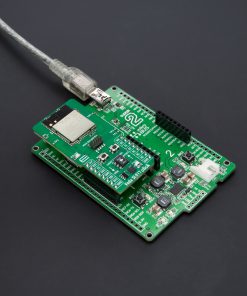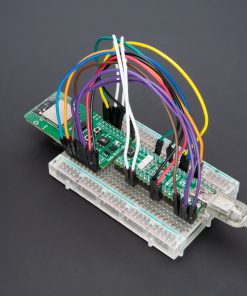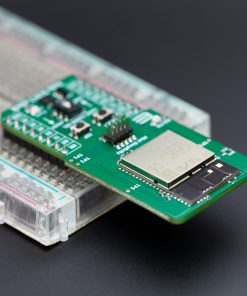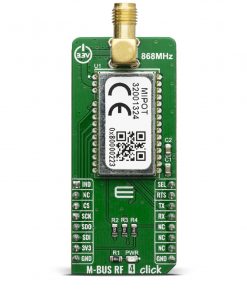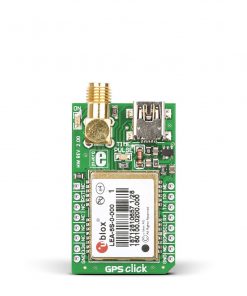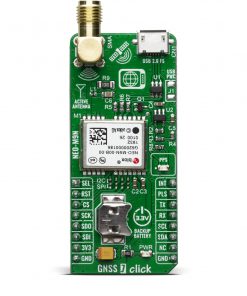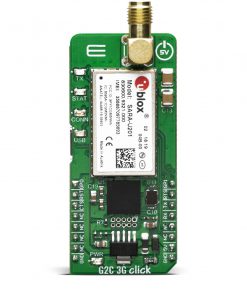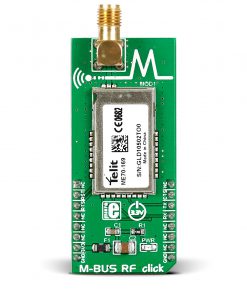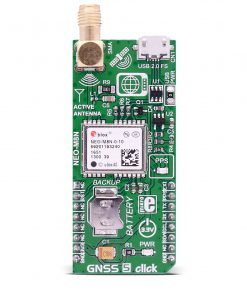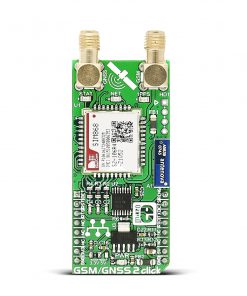-
×
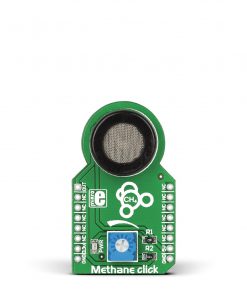 METHANE Click
1 ×
METHANE Click
1 × R335.00R301.50 -
×
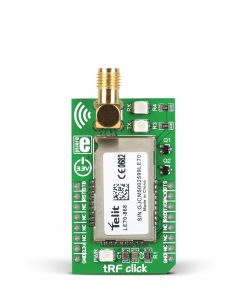 tRF Click
1 ×
tRF Click
1 × R1,050.00R945.00 -
×
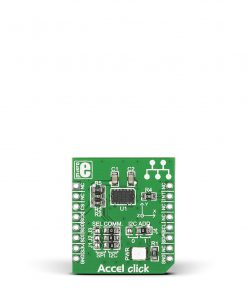 Accel Click
2 ×
Accel Click
2 × R355.00R319.50 -
×
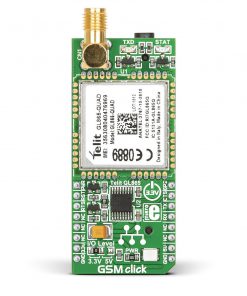 GSM Click
1 ×
GSM Click
1 × R1,050.00R945.00 -
×
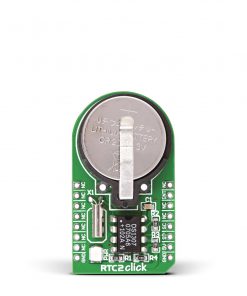 RTC 2 Click
1 ×
RTC 2 Click
1 × R465.00R418.50 -
×
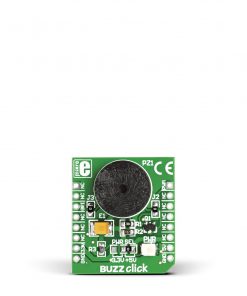 BUZZ Click
2 × R115.00
BUZZ Click
2 × R115.00 -
×
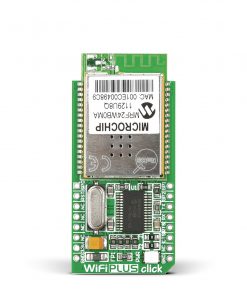 WiFi Plus Click
2 ×
WiFi Plus Click
2 × R2,250.00R2,025.00 -
×
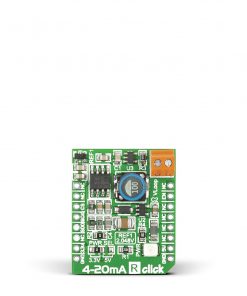 4-20mA R Click
1 × R480.00
4-20mA R Click
1 × R480.00 -
×
 GNSS RTK 2 Click
1 × R4,850.00
GNSS RTK 2 Click
1 × R4,850.00 -
×
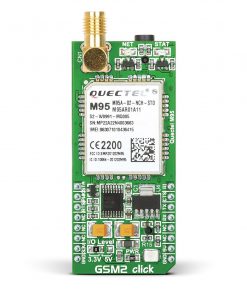 GSM2 Click
1 ×
GSM2 Click
1 × R965.00R868.50 -
×
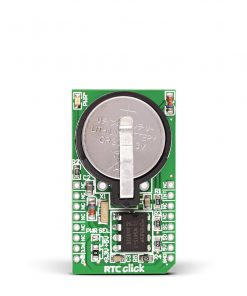 RTC Click
1 ×
RTC Click
1 × R390.00R351.00 -
×
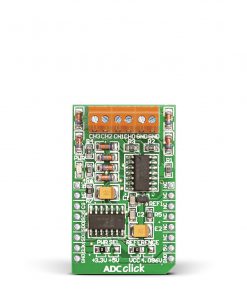 ADC Click
1 ×
ADC Click
1 × R540.00R486.00 -
×
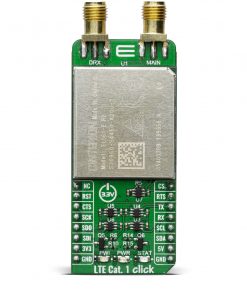 LTE Cat.1-EU Click (for Europe)
1 ×
LTE Cat.1-EU Click (for Europe)
1 × R2,500.00R2,250.00 -
×
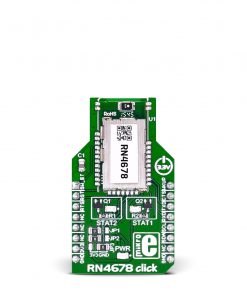 RN4678 Click
1 ×
RN4678 Click
1 × R855.00R769.50 -
×
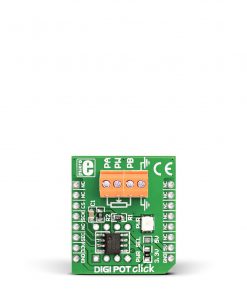 DIGI POT Click
1 ×
DIGI POT Click
1 × R370.00R333.00 -
×
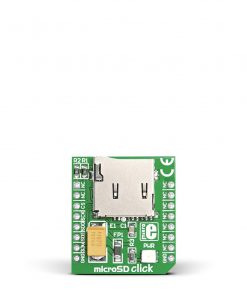 microSD Click
1 ×
microSD Click
1 × R355.00R319.50
Subtotal: R18,272.00

